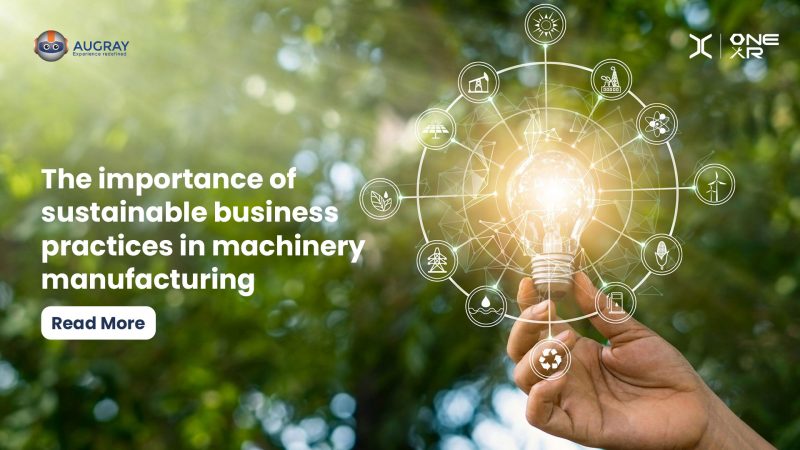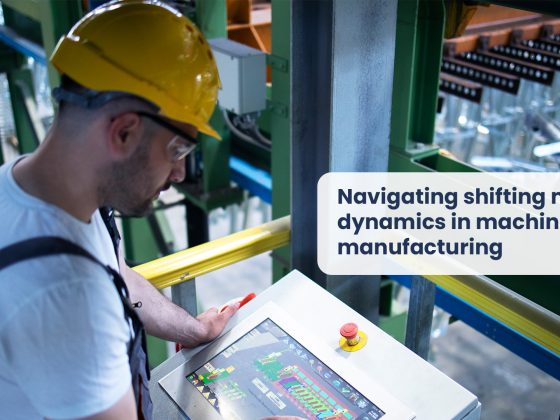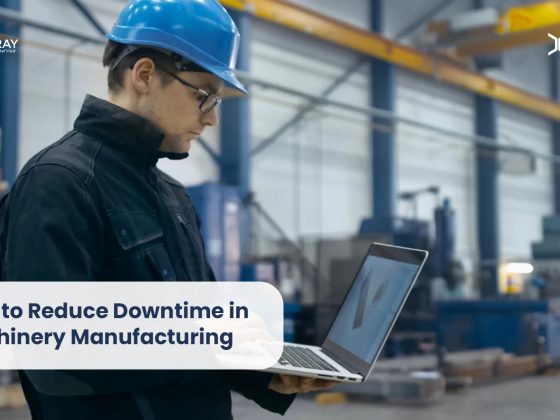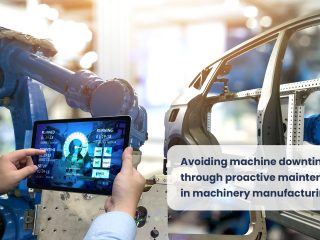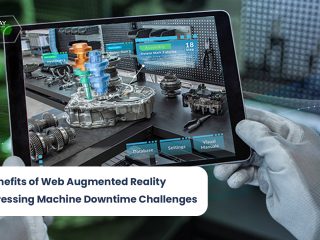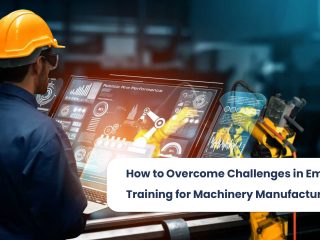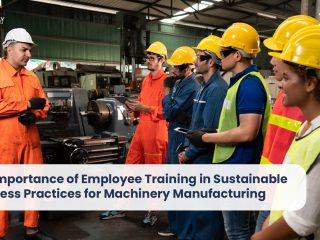In recent years, sustainability has become an increasingly significant concern across various industries. Machinery manufacturing, particularly in the context of extended reality (XR) technologies, is no exception.
This blog explores the importance of adopting sustainable business practices in machinery manufacturing, highlighting the benefits for the environment, society, and long-term business success. By incorporating subheadings and examples, we delve into key areas where sustainability can make a difference.
Environmental Impact Reduction
1.1. Energy Efficiency: Using renewable energy sources and optimizing energy consumption can significantly reduce carbon emissions. For example, XR machinery manufacturers can design devices with low power requirements, making them more energy-efficient.
1.2. Material Selection: Choosing environmentally friendly materials, such as recycled or biodegradable components, helps minimize the ecological footprint. Manufacturers could explore alternatives to traditional plastics, like bio-based or compostable materials, to ensure sustainable product life cycles.
Waste Management and Circular Economy
2.1. Recycling Programs: Implementing effective recycling programs allows manufacturers to reduce waste generation and promote resource conservation. By collecting and recycling discarded components or packaging materials, XR machinery manufacturers can contribute to a circular economy.
2.2. Remanufacturing and Refurbishing: Offering remanufactured or refurbished machinery can extend the product’s lifespan, reduce waste, and provide cost-effective options for customers. For instance, a manufacturer could refurbish XR headsets, ensuring they are in optimal condition for reuse.
Supply Chain Sustainability
3.1. Responsible Sourcing: XR machinery manufacturers should prioritize working with suppliers that adhere to ethical and sustainable practices. This involves ensuring fair labor conditions, responsible mining, and reducing the environmental impact of raw material extraction.
3.2. Local Sourcing: Emphasizing local suppliers can minimize transportation-related emissions and support regional economies. For example, a machinery manufacturer could source components from nearby suppliers rather than relying on distant international sources.
Product Lifecycle Management
4.1. Design for Durability: Creating XR machinery that is built to last reduces the need for frequent replacements and minimizes waste. Manufacturers can incorporate robust materials and modular designs that allow for easier repairs and upgrades.
4.2. Take-back Programs: Establishing take-back programs ensures responsible disposal or recycling of end-of-life products. XR machinery manufacturers can facilitate the collection and proper treatment of used devices, preventing them from ending up in landfills or contributing to e-waste.
Employee Well-being and Ethical Practices
5.1. Health and Safety: Prioritizing employee well-being by maintaining safe working conditions and providing protective gear not only promotes sustainability but also enhances productivity. Manufacturers should regularly assess and improve workplace safety standards.
5.2. Diversity and Inclusion: Creating a diverse and inclusive workforce fosters innovation and a more sustainable business culture. XR machinery manufacturers should strive to create equal opportunities for all individuals, regardless of gender, race, or background.
Transparency and Communication
6.1. Sustainability Reporting: Sharing information about sustainability efforts and progress helps build trust with customers, investors, and other stakeholders. Manufacturers can publish sustainability reports detailing their initiatives, achievements, and future goals.
6.2. Collaborative Initiatives: Engaging in partnerships and industry-wide collaborations enables knowledge sharing and the development of collective sustainable solutions. Manufacturers can participate in initiatives that promote sustainable practices in machinery manufacturing.
Here are some examples of how XR can be used to support sustainable business practices in machinery manufacturing:
Siemens
Siemens is using XR to improve the efficiency of its production lines. The company has created a virtual simulation of its production line that allows engineers to identify and eliminate inefficiencies. This has helped Siemens to reduce its production costs and improve its environmental performance.
General Electric
General Electric is using XR to reduce waste in its manufacturing process. The company has created a virtual model of its jet engine that allows engineers to identify and reduce waste in the design process. This has helped GE to reduce the weight of its jet engines, which has led to improved fuel efficiency and reduced emissions.
Toyota
Toyota is using XR to create more sustainable products. The company has created a virtual prototype of its next-generation car that allows engineers to test new materials and designs without having to produce physical prototypes. This has helped Toyota to create a more sustainable car that uses less energy and produces fewer emissions.
These are just a few examples of how XR can be used to support sustainable business practices in machinery manufacturing. By adopting these practices, machinery manufacturers can reduce their environmental impact and improve their bottom line.
In conclusion we can say,sustainable business practices in machinery manufacturing, particularly in the realm of XR technologies, are crucial for addressing environmental challenges and ensuring long-term success.
By focusing on areas such as reducing environmental impact, embracing circular economy principles, prioritizing supply chain sustainability, managing product life cycles, caring for employee well-being, and fostering transparency, manufacturers can create a positive impact on society and the environment.
Embracing sustainability is not only an ethical choice but also a strategic one, allowing companies to remain competitive, attract conscientious customers, and contribute to a greener future.
